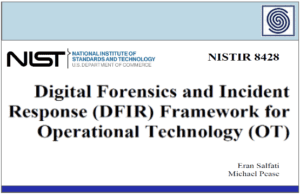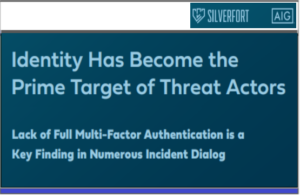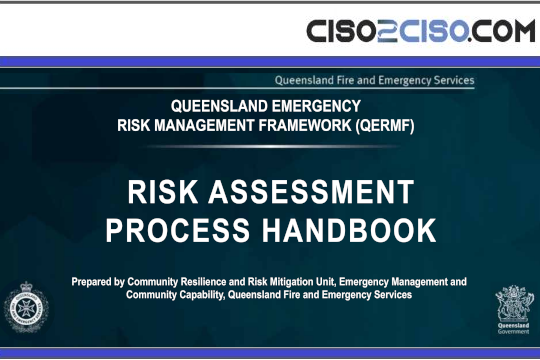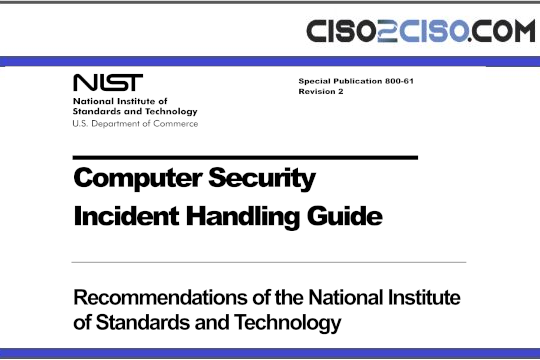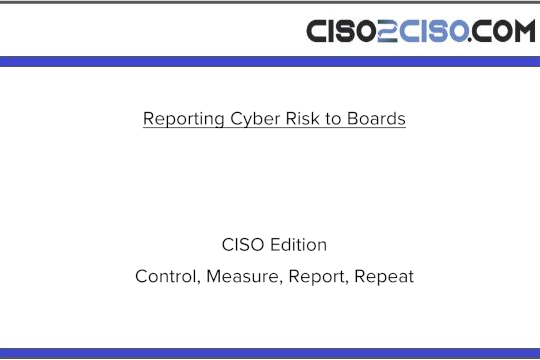Source: www.darkreading.com – Author: Arielle Waldman

Source: Nils Ackermann via Alamy Stock Photo
Internet of Things (IoT) usage has expanded across industries over the past five years and will only continue to do so, but has security grown with it? Experts say progress is not fast enough.
While organizations increasingly use IoT devices and applications to improve operational efficiency or save money, the technology is inherently insecure. It makes everything more connected, leaving a treasure trove of internet-exposed data. On top of that, many IoT devices are not equipped to receive easy vulnerability patching updates, or even alerting users that any update is needed.
Manufacturers ship devices with simple default passwords such as “admin admin” and many users don’t know they need to be reset to strengthen security. This is especially critical, as attackers have become more competent in the IoT space.
“The awareness of security for [IoT] devices is deplorably low,” Tod Beardsley, VP of security research at runZero, tells Dark Reading.
Offense VS Defense
In 2018, California filed legislation to improve security for connected devices, including a push for manufacturers to use more unique default passwords. Beardsley says the move marked progress for IoT security, but advancements have been limited since.
One roadblock, which is a common technology industry challenge, is balancing enhanced security with user experience. Manufacturers and suppliers fear tighter security will make the device less usable, says Beardsley.
Related:CISO Conversations: How IT and OT Security Worlds Are Converging
The good news is that visibility is improving in IT.
“All of the changes that I’ve noticed [over the past five years] are on the offensive and research side,” Beardsley explains. “The defensive side has been pretty static.”
While attending recent DEF CON events, Beardsley noticed how massive the IoT village had grown. It’s one of the main headline villages these days, showing how people care about the issue.
“It’s becoming more common to have IoT in scope for penetration tests, and to have it be in research topics,” he says. “People are learning more.”
A Call To Manufacturers
Knowledge of the problems may be rising, but there are more steps manufacturers can take.
State-of-the art of IoT security is improving with more effective practices, but that improvement may be hindered by emerging companies in the market, warns Beau Woods, cyber safety advocate with I Am the Cavalry. Startup companies all the way to large, well-funded organizations are entering the IoT phase and one concern is that newer companies aren’t learning from previous problems.
“It’s tough to say we’re getting better [at IoT security], but it’s also tough to say we’re getting worse,” Woods explains. “There’s an increasing number of companies for each IoT device. The code base is increasing. There’s increasing connectivity which means increased exposure to accidents and adversaries. [With] all of these trends it would be hard to say we’re keeping pace or getting better.”
Related:Emerging Risks Require IT/OT Collaboration to Secure Physical Systems
Yet, Woods remains hopeful as IoT security improvements have mounted over the past five years. For example, some manufacturers applied more effective practices, but there is a flood of others that are not. Until “an outside forcing function” requires better security or the problems will persist, he explains.
“Policy-type solutions could help the whole ecosystem improve,” he says.
Manufacturers could also use system segregation so that if one fails as a security issue, it won’t affect operating areas with critical or sensitive data. M any manufacturers are willing to do that, but they see competitors who aren’t, observes Woods.
“[They’re] afraid they’ll lose out to those competitors because they’re unsure if security is going to be a buying decision for companies,” Woods says.
IoT Risk Shifts
One of the major wake-up calls for IoT security was the Mirai botnet that disrupted internet services for major companies like Netflix and X in 2016. Over the past five years, the market has responded to Mirai-style botnets with new legislation, says Chris Wysopal, co-founder and chief security evangelist at Veracode. He highlighted examples like the UK’s Product Security and Telecoms Infrastructure Act that took effect in 2024 to ban default passwords and require vulnerability disclosure around update support periods. In combination with the EU’s Cyber Resilience Act of Dec. 2024, new devices released in 2024 and upward should see noticeable security improvements, adds Wysopal.
Related:Water Systems Under Attack: Norway, Poland Blame Russia Actors
However, attackers are now using vulnerable IoT devices for more than just botnets. They now serve as edge entry points for ransomware, and as pivots for espionage, warns Wysopal, pointing to how Chinese nation-state attackers exploited outdated SOHO routers. End-of-life problems will only worsen, as more legacy devices remain in circulation.
“IoT risk has clearly shifted from ‘default passwords and botnets’ to systemic, higher-impact failures,” he says. ” IoT vulnerabilities are beginning to resemble those of general-purpose computers, but with higher risk, since IoT devices are often ‘set and forget’ and far harder to patch.”
About the Author
Original Post URL: https://www.darkreading.com/ics-ot-security/how-has-iot-security-changed-over-the-past-5-years-
Category & Tags: –
Views: 6





